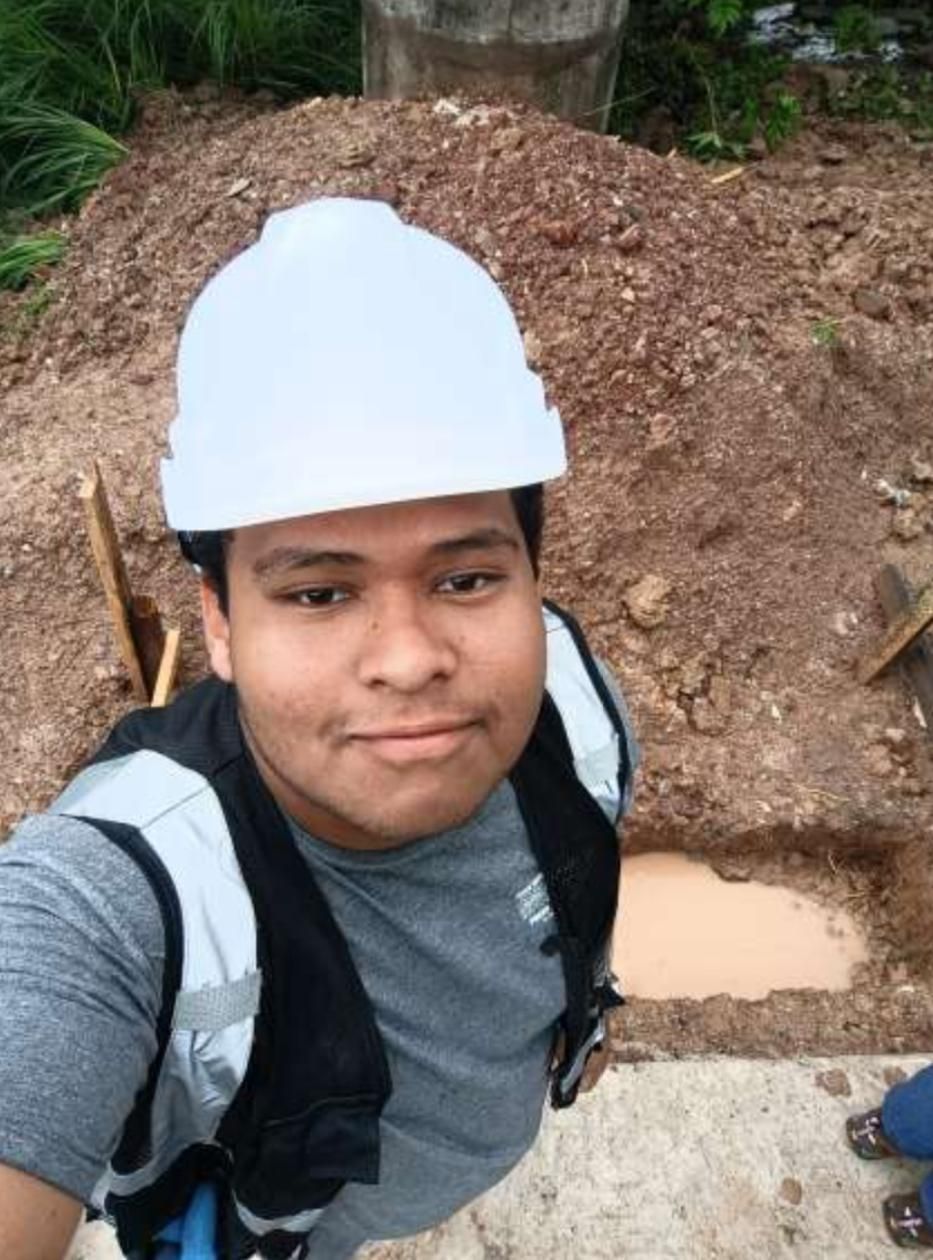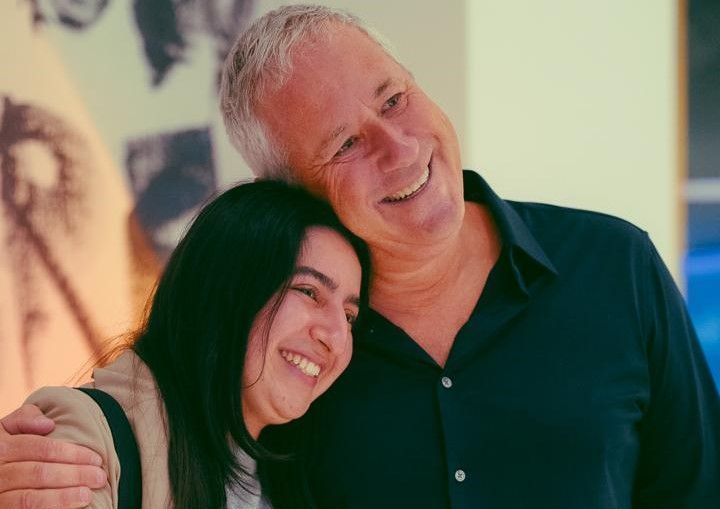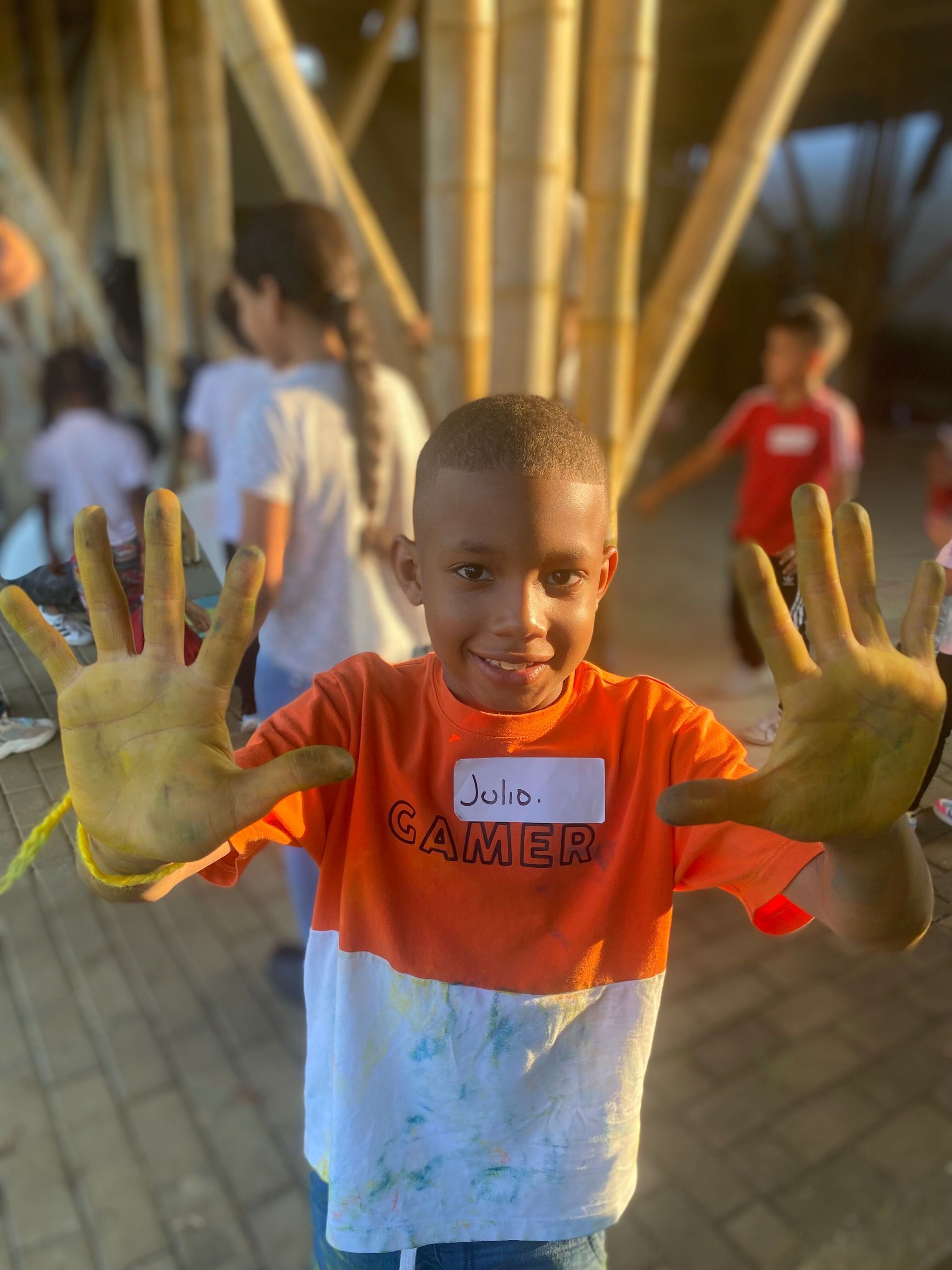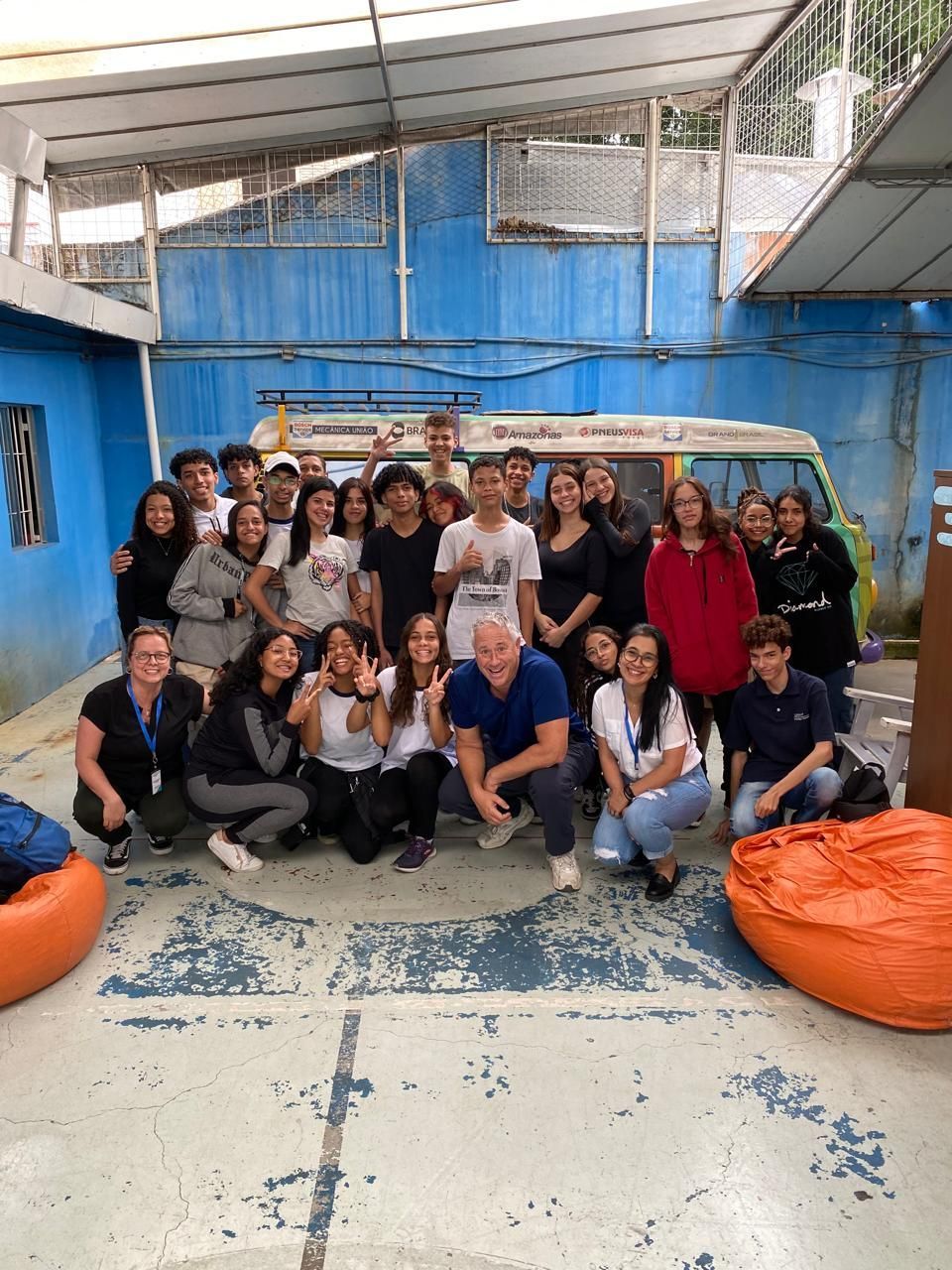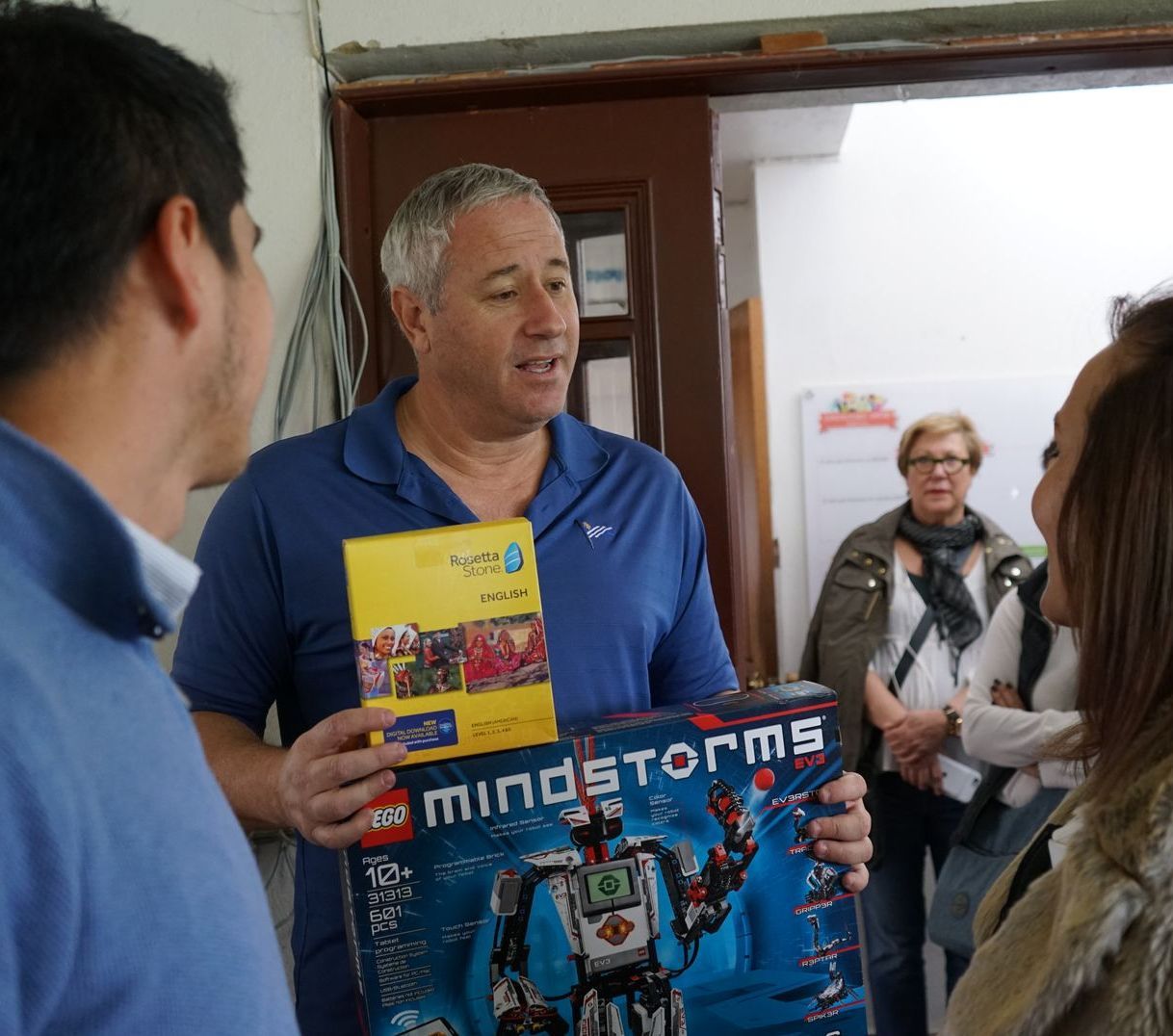PROGRAM SITE PERSPECTIVE: Fundamor Colombia Starfish Stories
1. How did you get involved with OSF? / How did OSF start in your community?
Fundamor received a visit from Andrew Stein for the first time in October 2010, through Conexión Colombia. In 2011 we sent the proposal, and it was approved in November by the Orphaned Starfish Foundation. In February 2012, the technology room was put into operation at the Fundamor headquarters in the city of Cali for the benefit of girls, boys and adolescents linked to the residential modality (HIV special care disease), being “officially” inaugurated on June 15, 2012.
2. Tell us the story of your community.
Currently, Fundamor has different programs that benefit girls, boys, young people, and families, such as the Dejando Huellas and Escuela de Paz program which offers a complementary education proposal that benefits children from 5 to 13 years old, infants and vulnerable pre-adolescents who live in environments that do not provide adequate care and protection. The rates of violence, abuse, abandonment, and neglect for the comprehensive development of girls and boys in Colombia and especially in the departments of Valle and del Cauca are extremely high. This environment is not safe for any of the children. Most of the time we find children that left alone in their homes taking care of themselves or caring for another minor because their families must work to obtain economic support and this requires that minors remain without the supervision of an adult and exposed to the dangers that virtuality offers, exposing themselves to screens such as tablets or cell phones without any regulation. This neglect increases the possibility of these children run risks that affect their integrity. On the other hand, the children face the risk of joining vandalism groups that affect the community.
Currently there are three population groups, one is in the rural area of Cali called Pance, the other group are children who moved to the Fundamor facilities in Cali from urban areas or nearby municipalities and the last group is in the Mandiva village of the department of Cauca.
Another characteristic of the population is that 86% of girls and boys attend Official Educational Institutions. This information leads to recognize that the lack of opportunities to participate in complementary training is low, since in private schools the educational offer is broad, but it has a costly price for the students.
3. What are the biggest challenges your students face?
The greatest challenges are associated with the inequality gaps in quality education, since the opportunity to access innovative pedagogical proposals are expensive and the families are not able to afford them. In the face of this situation, caregivers decide to leave their children alone at home because they can afford to pay to access private programs.
Another challenge is associated with mobility, since sometimes financial resources become a problem again, but so is the time of the adults who can accompany them to the place where the pedagogical proposal is provided.
Fundamor offers the programs at no cost, but this situation is also a challenge for us since strategies are constantly created to obtain resources that allow the proper functioning of the Dejando Huellas and Escuela de Paz Program.
Regarding the issue of mobility, the Dejando Huellas Program currently has an alliance that ensures a small group of children who can be picked up at the educational institution and dropped off at strategic points so that their families can receive their children at the end of the afternoon.
4. Tell us the story of one of the students.
Paula is an 11-year-old girl and has been attending the Dejando Huellas Program since 2021. She lives in a settlement with her mother and 2 of her younger sisters.
During the time that Paula has been in the program we have seen how she has transitioned from childhood to pre-adolescence, with the expected behaviors for this life cycle. But we also see that she still enjoys playing and participating in activities that children of their age are classified as children.
Within the process it is observed how at some moments it bothered her to share the same spaces with small children, sometimes with her eyes she showed her displeasure at what they said or did, but the team of professionals at Dejando Huellas has understood the moment that she is experiencing and has accompanied her with respect and care for her and for others.
After a few months, we observed how Paula shares with younger children and although she is not the most expressive child, she has established in her practices from understanding to diversity. She is showing interest by cooperating and helping with the younger ones.
This story is one of the cases that shows the importance of accompanying children in this physical, social, and emotional transformation, evidencing how the Program generates protective environments, strengthens self-care, autonomy and security in decision-making process. The program's team of teachers are a significant resource for Paula to experience and understand the changes inherent to her age.
5. How has OSF affected her children?
In the case of the boys and girls of the Dejando Huellas Program, it has been seen how they enjoy the pedagogical proposal, acquiring greater tools to socialize, make decisions, share with their peers and be empathetic and understanding of the needs of others.
For Escuela de Paz Program, it is a great opportunity for girls and boys to access a protective environment where they can share with their peers and acquire leadership and decision-making skills.
Thanks to the support of OSF, there are technological rooms and expert teachers. These contributions have become a learning opportunity for boys and girls in technological topics, favoring the development of skills in the management of computer equipment and the acquisition of knowledge about robotics and technology. This is contributing not only to knowledge but also to the strengthening of skills which allows them to solve situations of their daily lives. The students make creative proposals and the capacity for analysis, as well as psychomotor skills that are evident in the construction of pedagogical material specific to robotics.
6. What kind of changes have you seen in them?
They are safer boys and girls, they manage to analyze and solve different problems that arise according to their life cycle, they are also sensitive to situations that affect them and understand the emotions that their friends experience.
Another change is the regulation of their body, since they have internalized the rhythms proposed within the Programs, understanding, and living each of the moments established in the pedagogical routine.
In educational processes, teachers and children's families express that they are autonomous in carrying out their tasks, that they demonstrate academic improvements and are responsible for their school and family commitments.
7. What are they learning?
They work from different pedagogical strategies, which I mention below:
• Robotics and computing
• Music
• Art and literature
• Ecology
• Self care
• Circus
• Dance
• Play and movement
Each strategy aims to promote the development of three competencies, cognitive, socio-affective, and psychomotor, allowing girls and boys to recognize their abilities and talents.
8. What kind of opportunities have you created?
The Dejando Huellas and Escuela de Paz Programs serve children three afternoons a week, which fosters protective environments, preventing infants from being exposed to different risks such as being alone in their homes, without the care of adults and connected to social networks that can become an outlet for abuse by unscrupulous adults.
Meetings are also held with families with the purpose of guiding and accompanying them in the bonding processes, as well as the creation of parenting strategies.
9. How does this center benefit the community?
The Dejando Huellas Program has understood that direct work with children has great impact, but that it is necessary to accompany the families and the community, for this they are in the construction of a proposal where the families of girls and boys, favoring community processes that end up impacting the development of infants.
At Escuela de Paz and Dejando Huellas the pedagogical proposal has turned into protective environments, since taking care of children allows us to be certain that fewer children will be exposed to unfavorable conditions, and this is how at Fundamor we contribute to a society that cares about childhood and ensures the well-being of healthy development.
10. What is your greatest hope for the center and the community?
Convert the pedagogical proposal into a community development center, accompanying girls, boys, families and the community where the beneficiaries live through education, generating possibilities to improve the quality of life through knowledge and restoration of their rights, redefining the concept they have as citizens and eliminating barriers that do not allow them to access new opportunities in education and health.
11. Any particularly interesting stories you want to share about the center?
Fundamor has been working for the well-being of girls, boys, adolescents, young people and families for more than 30 years and it is the experience acquired in working with these populations that allows us today to work on the construction of a community development center, with the purpose of benefiting different communities and inspiring other entities that bet on a better society, where rights are fulfilled and respected.
THANK YOU FOR SUPPORTING OSF. YOU ARE NOT ONLY CHANGING LIVES, YOU ARE NOW SAVING THEM AS WELL.
Please continue to give at www.osf.org/donate
Recent Blogs
